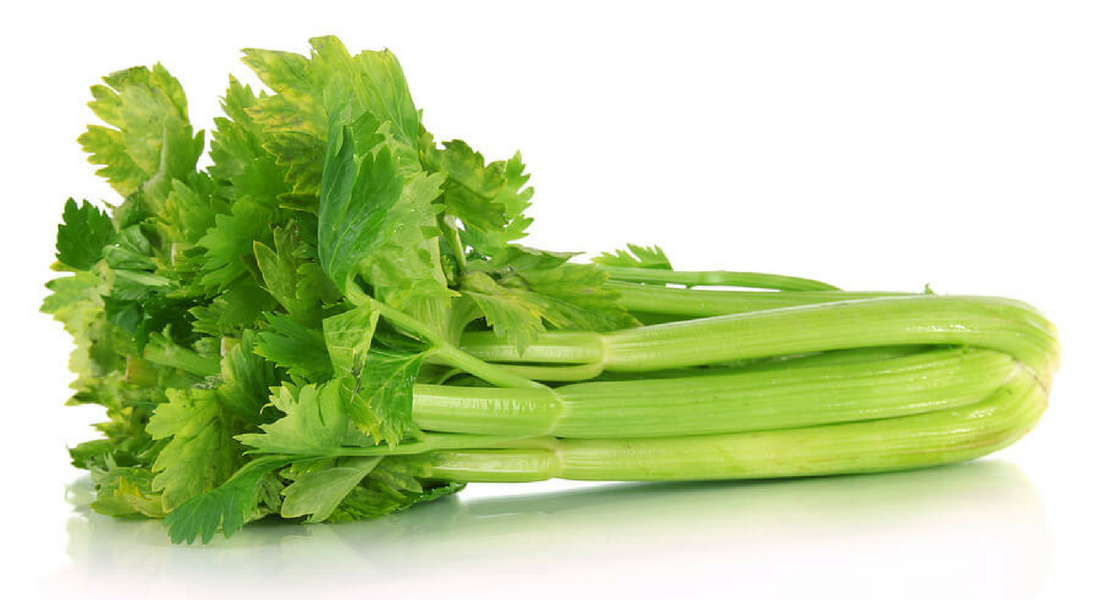Arugula
/Arugula (Eruca sativa)
a.k.a. "rocket," is a native of Europe and western Asia. It is a cruciferous plant; whose leaves resemble those of the radish and provide tender, slightly bitter, mustard-flavored greens for salads and then some.
Arugula is full of vitamins A and C and-like many greens-provides much iron and calcium as well.
Storage Tips:
Arugula is best used fresh.
You can keep arugula for a few days in the refrigerator. Wash arugula, let it dry (use a colander or spinner).
Place in a plastic bag and into the crisper drawer in the fridge.
A paper towel in the bag helps to keep excess moisture to a minimum as well.





















